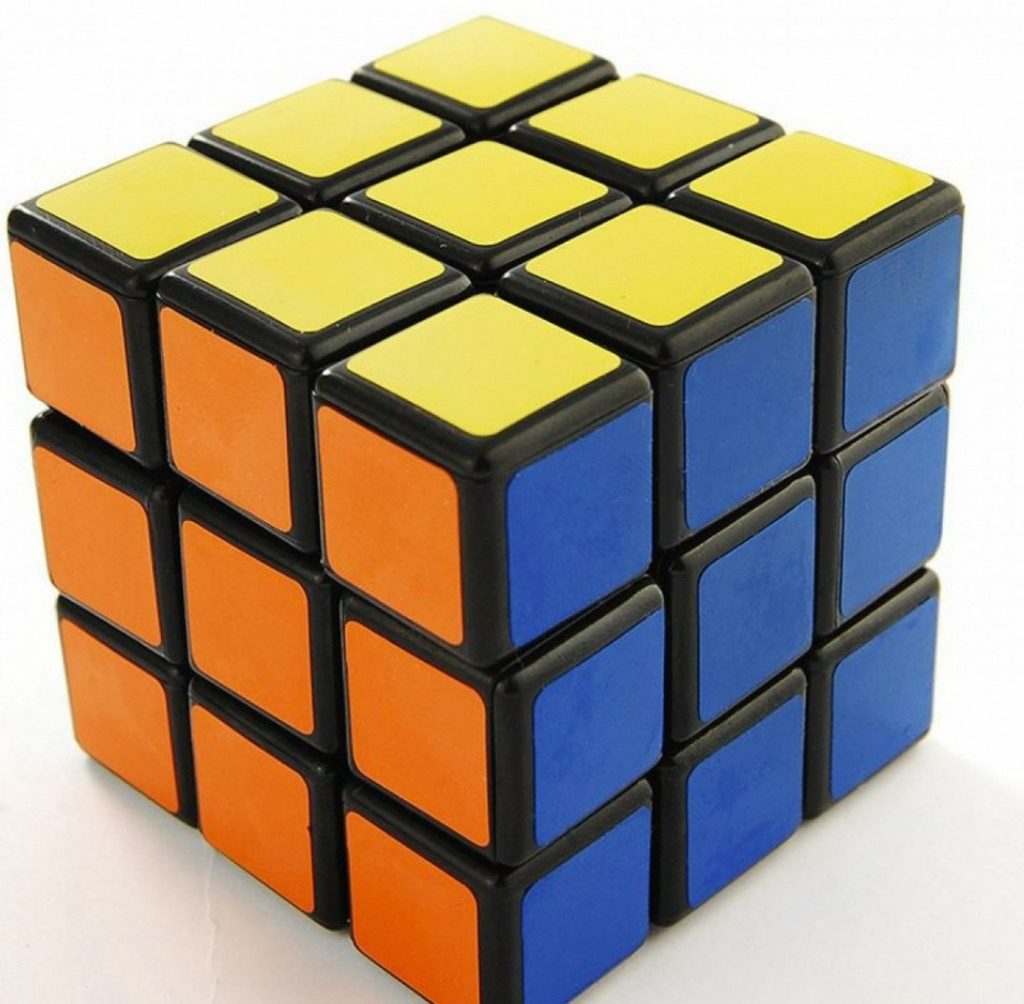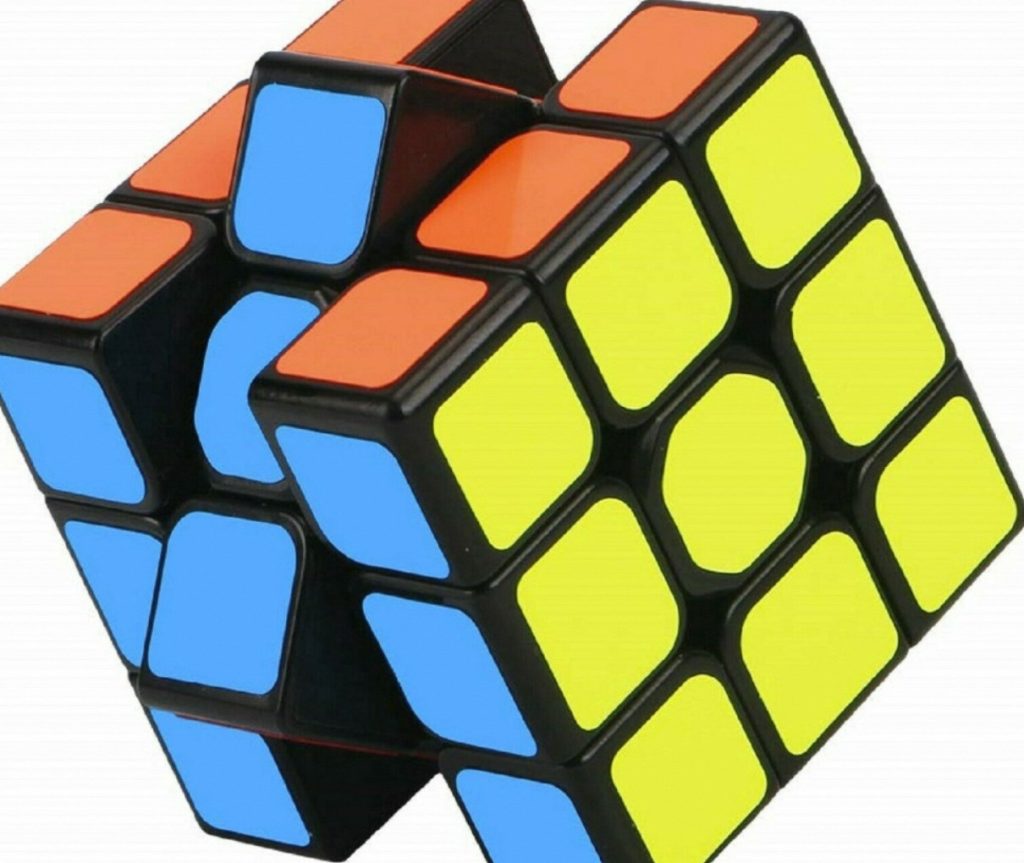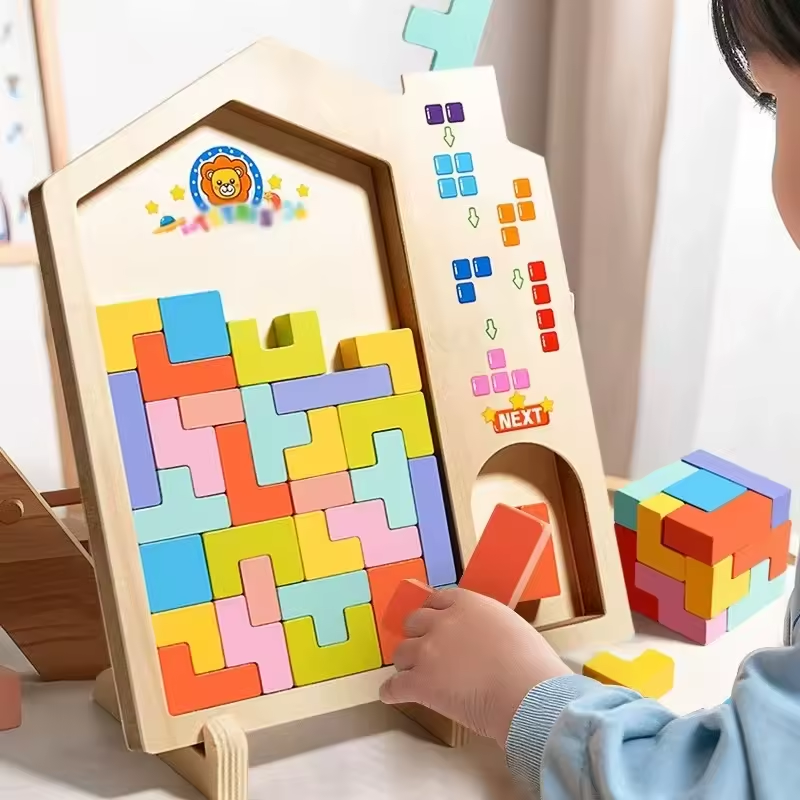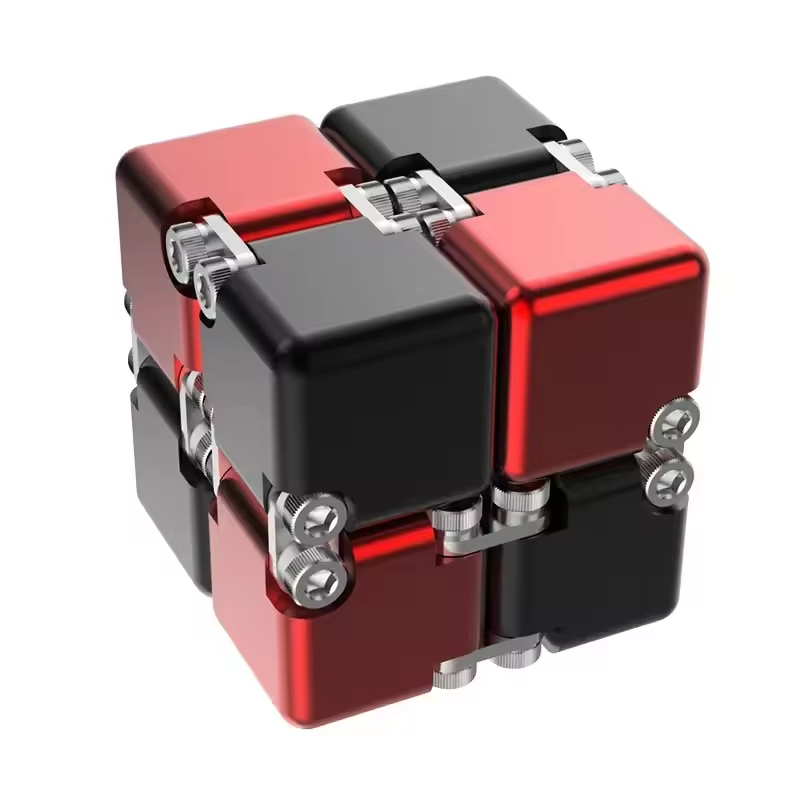Part 1: Understanding Rubik’s Cube Competitions
Point 1: What Do Rubik’s Cube Competitions Involve?
Rubik’s Cube competitions are structured with multiple rounds, featuring diverse events such as solving the puzzle with the fewest moves, blindfolded solving, and solving multiple cubes within a set time limit. These competitions often include unique challenges, such as solving the cube with one hand, with feet, or tackling a larger variant of the Rubik’s Cube. With a wide range of events, Rubik’s Cube competitions provide a platform for participants to showcase their prowess in different solving techniques and abilities, catering to a variety of skills and interests within the cubing community. These events foster an engaging and dynamic competition environment, allowing cubers to test their proficiency across a spectrum of challenging and inventive solving formats. Such diversity in event offerings enriches the competition experience, offering an inclusive platform for cubers to demonstrate their versatility and expertise in Rubik’s Cube solving.

Point 2: Why Participate in a Rubik’s Cube Competition?
Participating in a Rubik’s Cube competition offers a platform to connect with like-minded individuals who share a passion for the puzzle. It provides an opportunity to challenge and improve your skills, learn advanced solving techniques, and establish a sense of camaraderie within the Rubik’s Cube community. Competing can also lead to personal growth, enhancing problem-solving abilities, focus, and resilience.
Part 2: Preparing for a Rubik’s Cube Competition
Point 1: Mastering Speed Cubing Techniques
To excel in Rubik’s Cube competitions, honing speed cubing techniques is crucial, emphasizing finger dexterity, optimal grip, and efficient turn execution. Regular practice of algorithms and move sequences with minimized pauses significantly enhances solving speed. Mastering intuitive techniques such as F2L (First Two Layers) and OLL (Orientation of the Last Layer) further boosts solving efficiency. These skills enable cubers to efficiently navigate the cube’s layers, promoting fluid solving and agile maneuvering during timed rounds. By refining these fundamental techniques, competitors can steadily improve their solving prowess, ensuring adeptness in various solving styles and methods. Additionally, proficiency in speed cubing techniques not only facilitates competitive success but also enriches the overall cubing experience, empowering participants to demonstrate exceptional dexterity, precision, and proficiency in Rubik’s Cube solving.

Point 2: Understanding Competition Regulations and Rules
It is crucial to acquaint yourself with the competition’s regulations and rules, encompassing cube inspection time, scramble sequences, and solving duration for each round. Understanding the guidelines and standards set by the World Cube Association (WCA) or the competition organizer is essential to ensure compliance with official rules and requirements. This familiarity enables participants to compete within the established framework and promotes fair play and consistency across all competitors. Additionally, being well-versed in the competition regulations facilitates a smoother experience, ensuring that all participants are aware of the parameters, expectations, and protocols governing the Rubik’s Cube competition. It also aids in fostering an environment of sportsmanship and integrity, enhancing the overall competition experience for all involved.
Part 3: Competing in a Rubik’s Cube Competition
Point 1: Managing Nerves and Pressure
Competing in a Rubik’s Cube competition can be an exhilarating and nerve-wracking experience as participants strive to showcase their skills under pressure. Effectively managing stress and pressure is crucial to maintaining focus and composure during each solve. It is essential to employ relaxation techniques, such as deep breathing and visualization, to ease nervousness and maintain a clear mindset. Visualizing successful solves and channeling a positive attitude can instill confidence, enabling participants to navigate through the rounds with composure and determination. Managing stress and maintaining a focused mindset can enhance problem-solving abilities and contribute to optimal performance during the competition. By cultivating techniques to mitigate pressure and stress, participants can approach the competition with resilience, boosting their capacity to handle the challenges and demands of competitive cubing while maximizing their potential for success.

Point 2: Building Solving Strategies
Developing personalized solving strategies, including efficient cross and advanced method execution, can significantly impact performance in a competition setting. Practice recognizing and executing algorithms quickly and accurately, while maintaining the flexibility to adapt to various cube states during the solve.
Part 4: After the Competition: Reflection and Growth
Point 1: Reflecting on the Experience
Following the Rubik’s Cube competition, allocate time to reflect on the overall experience. Assess your performance, pinpointing areas for improvement, and celebrating accomplishments. Engage in insightful discussions with fellow competitors to exchange feedback, tips, and insights, fostering a supportive and educational ecosystem within the Rubik’s Cube community. This collaborative environment facilitates the sharing of knowledge and experiences, offering opportunities for personal growth and development. Embracing open dialogue and constructive feedback cultivates a culture of continuous improvement and camaraderie within the community. Additionally, leveraging the post-competition period to evaluate lessons learned and accomplishments can provide valuable insights for refining techniques and setting new goals. Embracing this reflective approach not only contributes to personal growth but also enriches the collective learning experience, further enhancing the competitive landscape of Rubik’s Cube solving.

Point 2: Continual Growth and Development
Participating in Rubik’s Cube competitions serves as a catalyst for continuous growth and development in the pursuit of mastering the puzzle. This includes utilizing competition experiences to refine solving techniques, set new goals, and remain dedicated to advancing skills. The competitive environment provides an opportunity for cubers to challenge themselves, learn from others, and seek improvement, ultimately contributing to their overall development as solvers. Embracing the spirit of sportsmanship is paramount, as it fosters a positive and supportive community for cubers of all skill levels. By promoting a welcoming and encouraging environment, participants can collectively contribute to the growth and inclusivity of the cubing community. This collaborative approach not only enriches the competition experience but also inspires continual improvement and a shared passion for the Rubik’s Cube, further solidifying its role as a tool for personal development and communal engagement.

In conclusion, joining a Rubik’s Cube competition offers a stimulating platform to engage with the vibrant cubing community, challenge your skills, and pursue personal growth as a solver. Understanding competition dynamics, extensive preparation, and adopting a positive mindset are essential elements for an enriching competition experience. With dedication, resilience, and a passion for the Rubik’s Cube, competitors can approach each competition as an opportunity for camaraderie, development, and the pursuit of excellence within the cubing realm.


